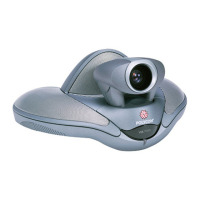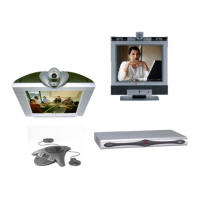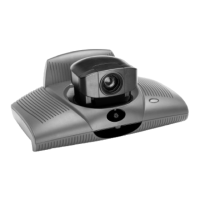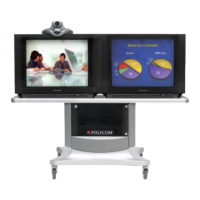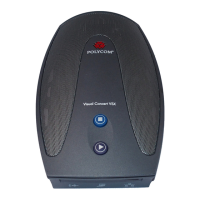TROUBLESHOOTING
VORTEX EF2280 Reference Manual 46 Technical Support: 800.765.9266
Excessive
Microphone
Amplification
For the EF2280 to adapt effectively, saturation (overload or clipping) must not
occur at the A/D converter supplying the microphone input. Saturation intro-
duces nonlinear signal distortions into what the AEC expects is a linearly
echoed version of the remote speech.
Nonlinear distortion causes a degradation or divergence of the AEC’s internal
model of the room acoustics. In this situation, the EF2280 cannot effectively
cancel room echoes and a substantial amount of echo may be heard by the
remote party.
Excessive microphone amplification also increases room gain (See “Excessive
Room Gain” on page 44). You can check for excessive microphone amplifica-
tion by observing the front panel L
EVEL INDICATOR during a normal conference.
The first yellow LED should illuminate frequently. If the second yellow LED is
illuminated constantly during normal speech or if the red LED illuminates or
even flickers, reduce the microphone input level.
Insufficient
Microphone
Amplification
Grossly insufficient microphone gain degrades EF2280 performance and
weakens the out-bound speech power level. This has the effect of reducing
the signal-to-noise ratio of the microphone signal, which is analogous to rais-
ing the background noise level in the room. Because this noise is uncorrelated
with the echoes within the room, the EF2280’s ability to adapt and cancel
echoes will be less than optimal.
A second effect of insufficient microphone gain is that the power of the micro-
phone input signal may be substantially lower than that of the remote input
signal. This reduces the ability of the decision logic to determine whether the
AEC should be in transmit, receive, or double-talk mode. This effect may
reduce the effectiveness of the EF2280 in canceling echoes.
You can check for insufficient microphone amplification by observing the front
panel L
EVEL INDICATOR during normal conferencing conversation. The first yel-
low LED should illuminate frequently. If the L
EVEL INDICATOR never illuminates
beyond one or two green LEDs during normal speech, increase the micro-
phone’s input level.
Note.
Before you readjust the microphone input levels, check to
make sure you are looking at the correct channel on the
L
EVEL
I
NDICATOR
.
Note.
If you adjust the M
IC
/L
INE
I
NPUT
level, you will affect the
room gain. Check to make sure that the room gain limit is
not exceeded. See “Verify Room Gain” on page 16
Note.
Before you readjust the microphone input levels, check to
make sure you are looking at the correct channel on the
L
EVEL
I
NDICATOR
.
Note.
If you adjust the M
IC
/L
INE
I
NPUT
level, you will affect the
room gain. Check to make sure that the room gain limit is
not exceeded. See “Room Gain” on page 43
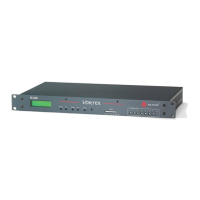
